How to plan a diving trip to the Red Sea and what to expect from
its rich marine life
How to plan a diving trip to the
Red Sea and what to expect from its rich marine life
The Red Sea is one of the most popular destinations for
divers around the world. It offers a variety of dive sites, from coral reefs
and wrecks to caves, with an abundance of marine life and stunning underwater
scenery. Whether you are a beginner or an expert, you can find a dive site that
suits your level and interests in the Red Sea. Here are some tips on how to
plan a diving trip to the Red Sea and what to expect from its rich marine life.
1.
Choose your
Destination
The Red Sea is divided into two regions: the northern Red Sea
and the southern Red Sea. The northern Red Sea includes Egypt, Jordan
and Saudi Arabia, while the southern Red Sea includes Egypt, Sudan,
Eritrea, Djibouti and Yemen. Each region has its own characteristics and
attractions, so you should choose your destination based on your preferences
and budget.
The northern Red Sea is more accessible and developed,
with many resorts, liveaboards and dive centers to choose from. It also has
some of the most famous dive sites in the world, such as Ras Mohammed
National Park, Thistlegorm Wreck, Blue Hole
and Dahab. The northern Red Sea is known for its clear water, colorful
coral reefs, large schools of fish and historical wrecks.
The southern Red Sea is more remote and pristine, with
fewer tourists and more untouched dive sites. It also has some of the most
diverse and exotic marine life in the world, such as hammerhead
sharks, whale sharks, manta rays, dolphins
and dugongs. The southern Red Sea is known for its: deep
water, large pelagic animals, coral gardens and caves.
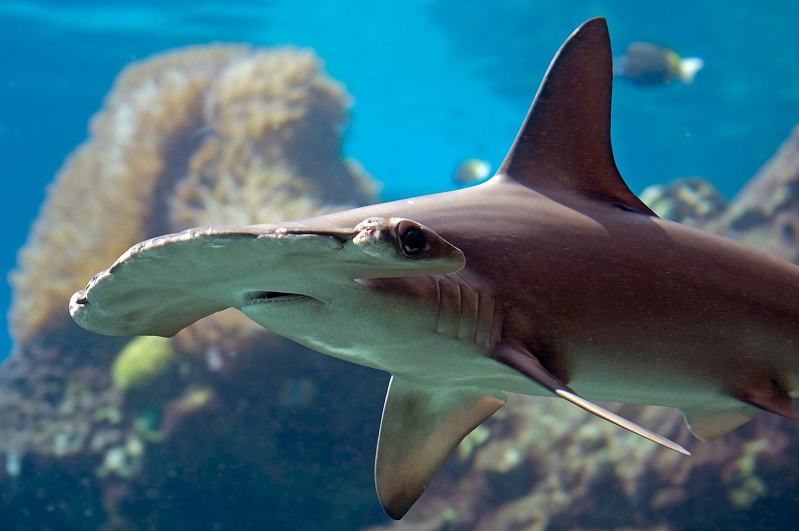
2.
Choose your Season
The Red Sea is a year-round diving destination, but the best
time to visit depends on what you want to see and experience. The water
temperature ranges from 20°C in winter to 30°C
in summer, while the air temperature ranges from 15°C
in winter to 40°C in summer. The visibility is
usually excellent, ranging from 20 to 40 meters.
The winter months (December
to February) are the coldest and windiest, but also the best time to
see large pelagic animals such as hammerhead sharks, whale sharks and manta
rays in the southern Red Sea.
The summer months (June
to August) are the hottest and calmest, but also the best time to see
coral spawning and plankton blooms in the northern Red Sea.
The spring months (March
to May) and the autumn months (September to November)
are the most pleasant and balanced, with moderate temperatures, good visibility
and a variety of marine life. These are also the peak seasons for tourism, so
you should book your trip well in advance.
3.
Choose your
Accommodation
There are two main options for accommodation in the Red Sea:
Resorts or liveaboards. Resorts
are land-based hotels that offer diving packages or courses along with other
facilities and services. Liveaboards are boats that offer diving trips that
last from a few days to a few weeks, with all meals and dives included.
Resorts are more suitable for divers who want more comfort,
flexibility and activities besides diving. They also allow you to explore the
local culture, cuisine and attractions of your destination. Resorts are more
common in the northern Red Sea, where there are many towns and cities along the
coast.
Liveaboards are more suitable for divers who want more
adventure, immersion and dives per day. They also allow you to access more
remote and diverse dive sites that are not reachable by day boats. Liveaboards
are more common in the southern Red Sea, where there are fewer settlements and
infrastructure along the coast.
4.
Choose your
Dive Sites
The Red Sea has hundreds of dive sites to choose from, each
with its own features and highlights. You should choose your dive sites based
on your level of experience, your interests and your expectations. Here are
some examples of dive sites in each region:
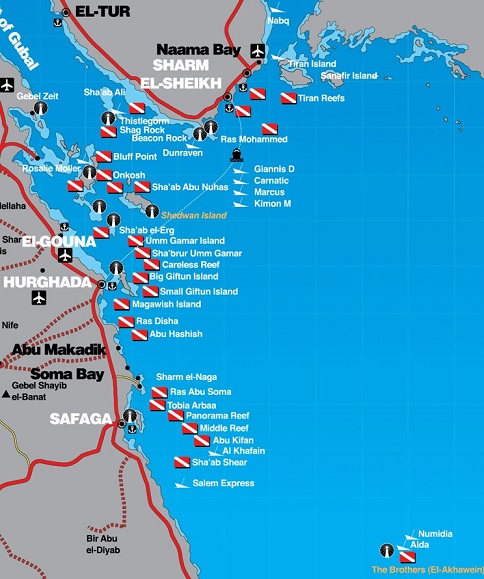
A.
Northern Red Sea:
I.
Ras Mohammed National
Park:
A marine protected area that hosts some of the most spectacular coral reefs and
fish life in the world. It has several dive sites such as Shark Reef,
Yolanda Reef, Anemone City and Jackfish Alley.
II.
Thistlegorm Wreck:
A British cargo ship that sank in 1941 during World War II. It is one of the
most famous wrecks in the world, with many artifacts still intact such as
motorcycles, trucks, guns and ammunition.
III.
Blue Hole:
A deep sinkhole that drops to over 100 meters. It is one of the most
challenging dive sites in the world, with strong currents and low visibility.
It is also one of the most controversial dive sites in the world, with many
fatalities and accidents reported over the years.
IV.
Dahab: A
laid-back town that offers some of the most unique and diverse dive sites in
the world. It has several dive sites such as The Canyon, The Bells, Eel Garden
and The Lighthouse.
B.
Southern Red Sea:
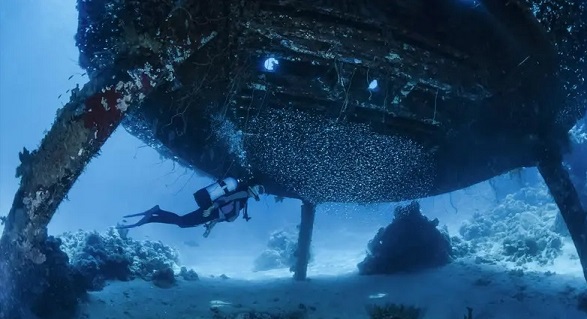
I.
Sanganeb Reef:
A UNESCO World Heritage Site that hosts one of the largest coral atolls in the
world. It has several dive sites such as The Lighthouse, The
Plateau, The Wall and The Garden.
II. Shaab Rumi:
A reef that surrounds a lagoon where Jacques Cousteau conducted his experiments
in the 1960s. It has several dive sites such as The Precontinent, The
South Plateau, The North Plateau and The Arch.
III. Daedalus Reef: A
remote reef that rises from the depths of the sea. It has several dive sites
such as The Anemone Garden, The North Wall, The South Wall
and The East Wall.
IV. St. John's Reef: A group
of reefs that offer some of the most pristine and diverse coral formations and
marine life in the world. It has several dive sites such as Habili
Ali, Habili Gafaar, Dangerous Reef and Fury Shoal.
5.
What to
expect from its Rich Marine life
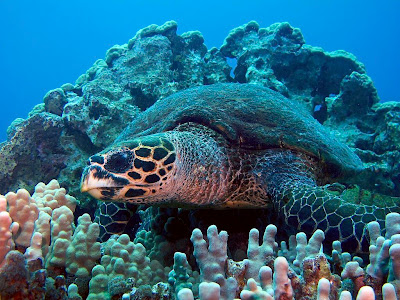
The Red Sea is home to over 1200 species of fish, 200
species of coral and 1000 species of invertebrates. It is also a
hotspot for endangered and endemic species, such as the dugong, the hawksbill
turtle, the Napoleon wrasse and the Red Sea clownfish. You
can expect to see a variety of marine life in the Red Sea, depending on your
location, season and luck. Here are some examples of what you can expect to see
in each region:
A.
Northern Red Sea:
I.
Coral reefs: You can
expect to see a rainbow of colors and shapes, with hard and soft corals,
sponges, anemones and gorgonians. You can also expect to see a multitude of
fish, such as butterflyfish, angelfish, parrotfish, surgeonfish and
triggerfish.
II.
Wrecks: You
can expect to see a mix of history and nature, with artifacts and structures
covered by corals and sponges. You can also expect to see a variety of fish,
such as batfish, barracuda, jacks and snappers.
III.
Caves and walls: You
can expect to see a contrast of light and dark, with caverns and tunnels
illuminated by sunbeams and drop-offs plunging into the abyss. You can also
expect to see a variety of fish, such as groupers, moray eels, lionfish and
scorpionfish.
B.
Southern Red Sea:
I.
Coral reefs:
You can expect to see a diversity of colors and shapes, with hard and soft
corals, sponges, anemones and gorgonians. You can also expect to see a variety
of fish, such as anthias, bannerfish, butterflyfish, angelfish and clownfish.
II.
Pelagic animals: You
can expect to see some of the most majestic and elusive creatures in the ocean,
such as hammerhead sharks, whale sharks, manta rays, dolphins and dugongs. You
can also expect to see a variety of fish, such as tuna, trevally, barracuda and
sharks.
III.
Coral gardens and caves: You
can expect to see a beauty of colors and shapes, with hard and soft corals,
sponges, anemones and gorgonians. You can also expect to see a variety of fish,
such as wrasses, triggerfish, pufferfish and boxfish.
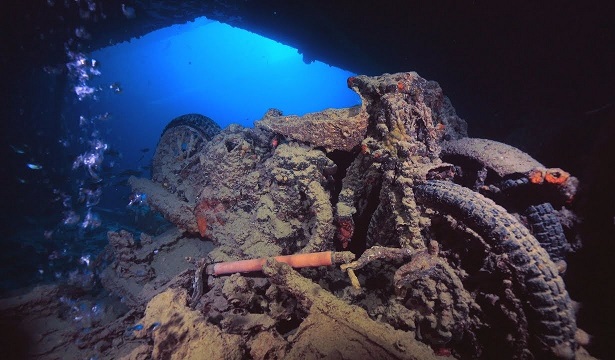
The Red Sea is a diving paradise that offers
something for everyone. Whether you are looking for adventure or relaxation,
you can find it in the Red Sea. All you need to do is plan your trip well and
enjoy the wonders of this amazing underwater world.